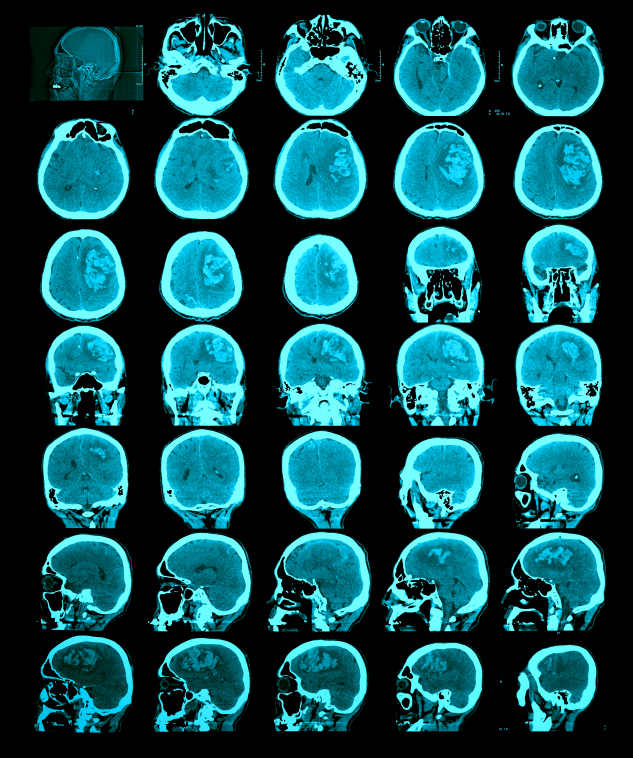Researchers are working hard to better understand chronic traumatic encephalopathy (CTE), the degenerative brain disease found in many former NFL players.
The family of football legendary Ken Stabler, best known for his nine-year stint as quarterback of the Oakland Raiders in the 1970s, revealed that an analysis of his brain by the Boston University CTE Center showed he suffered from the brain disease at the time of his death. Stabler died of colon cancer in July. To date, 90 of the 94 former NFL players whose brains have been examined by Boston University have had CTE.
CTE is a progressive degenerative disease of the brain found in athletes and individuals with a history of repetitive brain trauma, such as football players and boxers. The trauma triggers progressive degeneration of the brain tissue, including the build-up of an abnormal protein called tau. Symptoms, which often don’t manifest themselves until years or decades after the trauma has ended, include memory loss, confusion, impaired judgment, impulse control problems, aggression, depression, and, eventually, progressive dementia.
“I think there were a lot of days when he couldn’t get away from the sound in his head and headaches became just a constant event for him,” Stabler’s partner Kim Bush said in a video posted by the Times. “He grit his teeth so bad that he literally broke a bridge.”
Dr. Ann McKee, professor of neurology and pathology at Boston University Medical Center, who diagnosed Stabler’s CTE, said his brain showed “substantial,” “widespread,” and “classic” lesions,” indicative of CTE and consistent with the memory problems, headaches, and disorientation he experienced.
Distinguishing CTE from Alzheimer’s disease is crucial. While they may share similarities, they differ clinically and in their manifestation. CTE symptoms typically surface earlier, in one’s 40s rather than the 60s associated with Alzheimer’s. Furthermore, the initial signs of CTE often involve issues with judgment, reasoning, problem-solving, impulse control, and aggression, whereas Alzheimer’s typically begins with memory problems.
One of the challenges researchers face is developing a method to diagnose CTE while a person is alive. Presently, the condition can only be definitively diagnosed post-mortem through brain analysis. The urgency to find a pre-mortem diagnostic tool underscores the gravity of the issue, as athletes continue to face potential long-term consequences from the sports-related brain trauma they endure.

